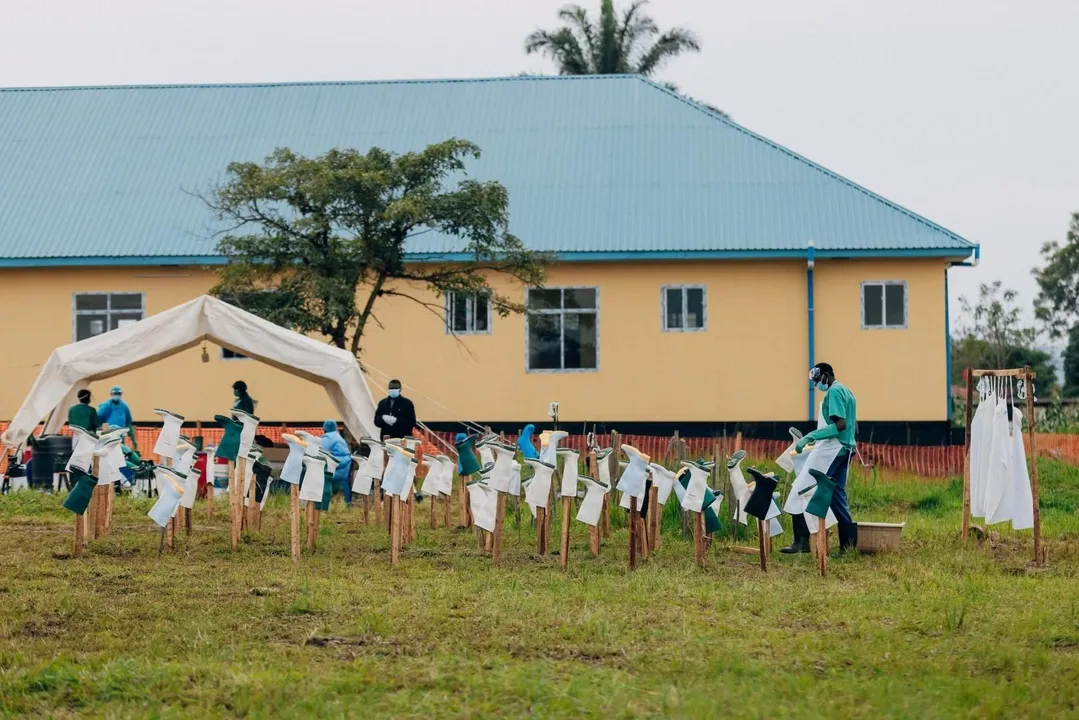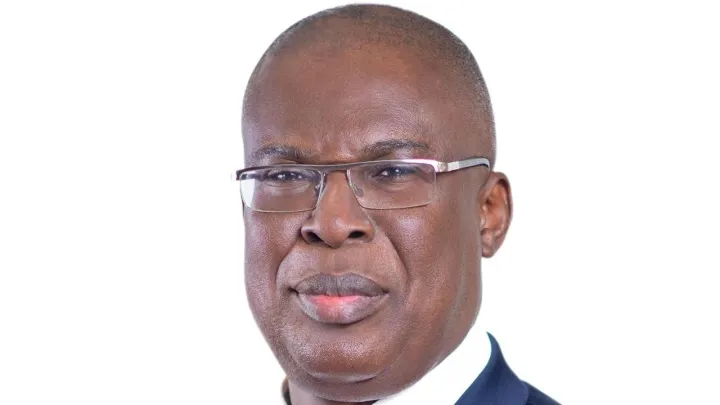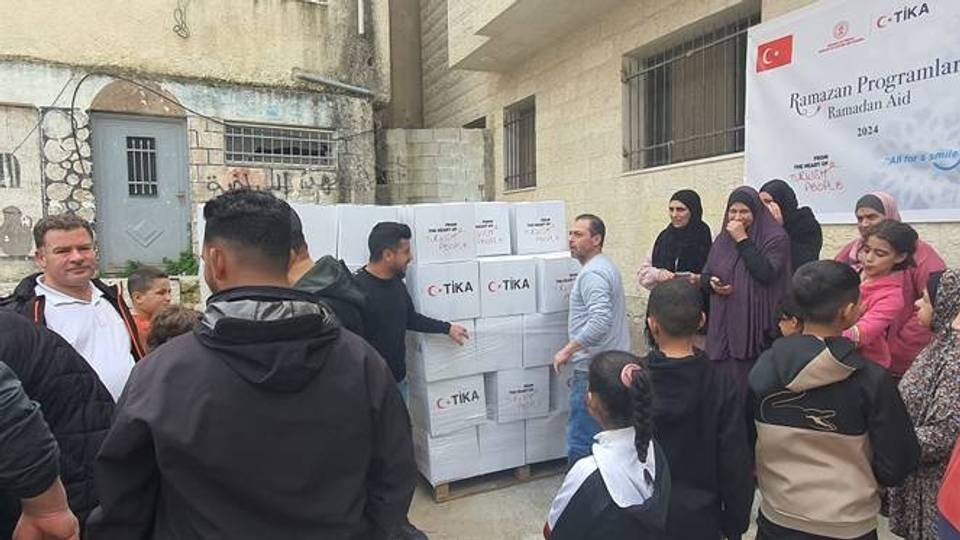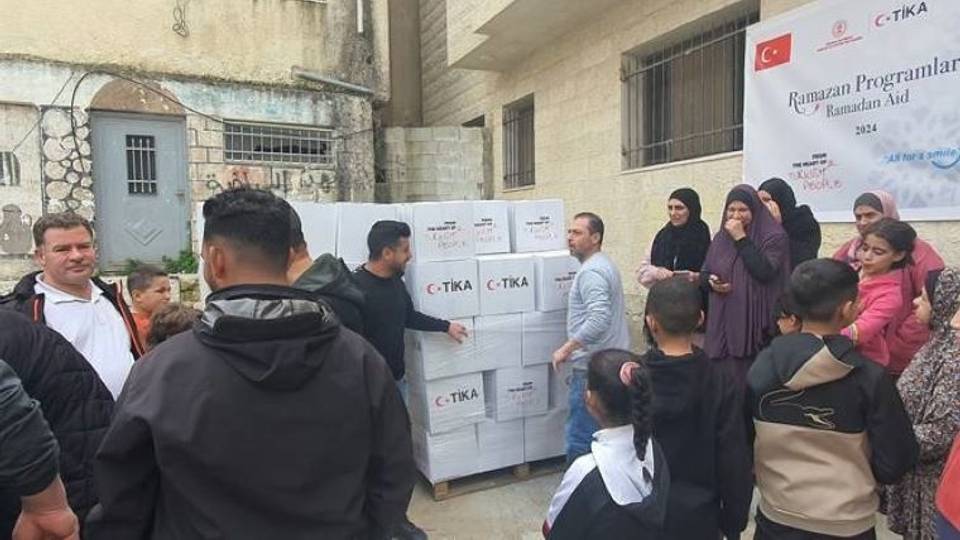Sport
Dollar
42,2405
0 %Euro
48,8947
0.01 %Gram Gold
5.589,4200
0.11 %Quarter Gold
9.385,1300
0 %Silver
68,6300
0.06 %Tanzania’s fight against Marburg Virus Disease underscores the need to integrate traditional healers into public health surveillance, transforming them from cultural caregivers into frontline warriors.
The resurgence of the potentially fatal Marburg Virus Disease in Biharamulo district of Northwestern Tanzania’s Kagera region this January represented a public health challenge that went beyond the obvious.
As emergency response teams from the ministry of health, the World Health Organisation (WHO) and Africa CDC dug in to prevent the disease from spreading, the authorities needed to figure out how to integrate traditional healers, embedded in rural healthcare systems, into the effort.
The outbreak, though contained through swift intervention, claimed ten lives, according to WHO data. But as field staff working in Tanzania and elsewhere in Africa would acknowledge, it could have been far worse.
Marburg is no ordinary illness. With an incubation period of up to 21 days, its onset is marked by fever, violent diarrhoea, abdominal pain, and excessive bleeding. The symptoms rapidly escalate, sometimes proving fatal.
In communities where traditional healers are often the first point of contact for anyone experiencing health issues, battling a virus like Marburg is more than just a medical hurdle.

For years, Meriam Mapinduzi Kagazi, a traditional healer in Biharamulo district, had believed that patients experiencing symptoms typical of Marburg infection were bewitched. Like many healers, she had shaped her knowledge of the disease from community discussions rather than formal medical training.
“To us, patients vomiting blood or reporting severe diarrhoea were signs of witchcraft,” Meriam tells TRT Afrika. “It took much suffering around us to realise what Marburg was. It’s a virus. It’s real and deadly, but can be prevented.”
Meriam is now part of a select group of traditional healers to have received special training organised by the ministry of health, Africa CDC and WHO to strengthen systems for early disease detection and response.
“With thermometers, we can screen people for fever before they interact with others and possibly spread the virus. Protective gear is essential – not just for us, but for the children and families we serve,” she says.
Invisible threats
In Tanzania’s rural belt, traditional healers are still often the initial point of contact for the sick. Their treatments – herbal mixtures, prayers, and spiritual interventions – are sought for everything from minor ailments to severe infections.
So, what happens when someone comes down with a severe infection like Marburg?
Recognising that traditional healers have the trust of their communities, healthcare authorities in the East African country have been implementing a programme to widen the public health surveillance system with shamans at the heart of the initiative.
The goal? Early detection, timely reporting, and rapid containment of infectious diseases.
The training focuses on community-based surveillance, enabling traditional healers to quickly recognise key disease symptoms and differentiate between common ailments and serious viral outbreaks.
Knowledge of referral systems ensures severe cases reach healthcare facilities quickly, while awareness about personal protective equipment and hygiene protocols curbs the spread of viruses.
Authorities are hopeful that in time, Tanzania will have created an early warning system that can prevent local outbreaks from escalating into national health crises.
Circle of influence
Healthcare experts view traditional healers as more than cultural caregivers.
"They are the gatekeepers of community health," says Peter Mabwe, a coordinator in the ministry of health. "By strengthening this collaboration, we are creating a system where communities are informed, responsive, and actively engaged in disease prevention – not just during outbreaks, but always."
Africa CDC, too, recognises this grassroots network as being crucial to disease prevention, more so against the backdrop of dwindling global health funding.
With Tanzania already registering over 75,000 healers, authorities believe integrating them into national health strategies will help bridge the gap between traditional and modern medicine while bolstering surveillance and initial response to any public health emergency.
Looking ahead
Outbreaks like Marburg expose the vulnerabilities of public health systems – not just in treatment but also in community-level detection. With rural health infrastructure stretched thin, Tanzania’s reliance on trusted traditional healers could be a turning point in epidemic control.
Marburg may have retreated, but disease outbreaks won’t wait. If and when the next such challenge arises, the frontline won’t be hospitals and research labs. The disease will encounter the first level of resistance in the early warning systems of rural Tanzania and its optimised repositories of traditional knowledge.
Comments
No comments Yet




















Comment